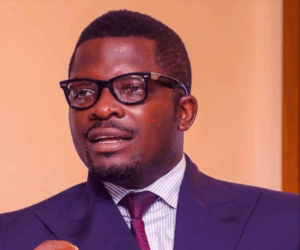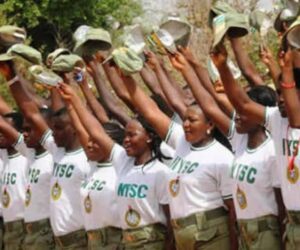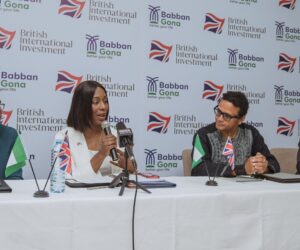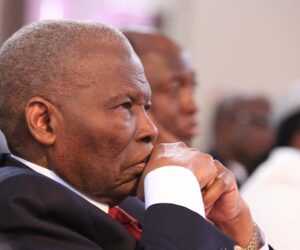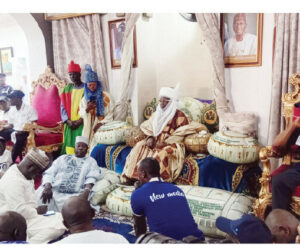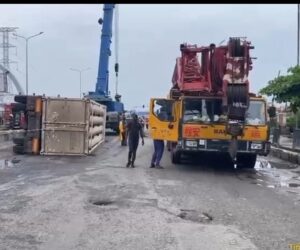The much-anticipated meeting between US President Donald Trump and his Russian counterpart Vladimir Putin was held on Friday, and ended with President Trump saying “we didn’t quite get there” when asked about a ceasefire agreement.
Mr Putin visited the US for the first time in decades and was received with red carpet treatment and a warm welcome at the Joint Base Elmendorf-Richardson military facility in the Alaskan capital city of Anchorage.
This marked a rare moment on the international stage for Mr Putin, a leader sidelined by much of the West since Russia launched its full-scale invasion of Ukraine in 2022. His trips overseas have been largely confined to countries sympathetic to Moscow, such as Belarus and North Korea.
Both leaders lavished praise on each other, with Mr Putin endorsing Mr Trump’s view that the war would never have started if Mr Trump had won the 2020 election.
They, however, offered no details of the nearly three-hour meeting, and there was no announcement of a ceasefire agreement.
Here are some key takeaways from their meeting:
Deal or no deal
While the meeting between the leaders was expected to last more than seven hours, it was concluded in less than three hours.
The two leaders addressed a gathering of journalists that had been waiting with a brief pre-written statement.
In his address, Mr Putin expressed commitment to ending the war but emphasised that the conflict’s “primary causes” must be eliminated for a lasting agreement.
Mr Putin also warned Ukraine and the European Union not to throw a “wrench in the work.”
He also cautioned against what he described as attempts to use “backroom dealings” to derail the fragile progress made so far.
Mr Trump, looking relatively subdued, according to multiple media reports, described the meeting as “extremely productive.”
He stated “many points were agreed to,” and that there was now a high chance of reaching a ceasefire agreement.
He, however, conceded that there remain sticking points with Moscow, including at least one “significant” one.
He identified that it’s “ultimately up to them,”referring to Mr Putin and Ukrainian President Volodymyr Zelensky to end the war. “There’s no deal until there’s a deal,” he said.
Neither of them took questions from the reporters.
Talk on US-Russia trade relations
In the run-up to Friday’s much-anticipated summit with the Russian president, Mr Trump vowed that there would be no discussion of business with Mr Putin until the two had made substantive progress on halting the fighting.
This was amidst expectations that Mr Putin would try to dilute the talks by raising issues of trade and cooperation.
Russia has in the past sought to use its vast reserves of rare earth minerals, essential for a range of cutting-edge industries, as a bargaining chip in talks with the US.
That plan, however, appeared to be sidetracked, with the Russian president later saying the two leaders had instead discussed cooperation in technology and space.
He said, “It’s clear that US and Russian investment and business cooperation has tremendous potential. Russia and the US can offer each other so much. In trade, digital, high-tech and in space exploration, and we see that Arctic cooperation is also very possible.”
Putin affirms Trump’s assertion on war
President Putin backed Mr Trump’s claim that if he had been in the White House four years ago, rather than Joe Biden, the war in Ukraine would never have begun.
This is a narrative that seems to suit Mr Trump, allowing him to cast himself as a dealmaker.
“I’m quite sure it would indeed be so,” he said
“In order to make the settlement last long-term, we need to eliminate all the roots of that conflict,” he added. “Russia has its national interests.”
The Russian President has long attributed the war to NATO’s eastward expansion on the grounds that it put his country’s survival at risk.
The invasion of Ukraine, according to him, was necessitated by the need to protect Russia’s national security.
He praised Mr Trump for having “a clear idea of what he wants to achieve and sincerely cares about the prosperity of his country,” while simultaneously “understanding that Russia has its own national interests.”
“I expect that today’s agreements will become a reference point not only for solving the Ukrainian problem, but will also mark the beginning of the restoration of businesslike, pragmatic relations between Russia and the U.S.,” Mr Putin said.
Next meeting
Rounding off a joint statement which failed to include a ceasefire agreement, Mr Putin, in English, said to Mr Trump: “Next time in Moscow.”
“Oh, that’s an interesting one,” Mr Trump replied. “I’ll get a little heat on that one, but I could see it possibly happening.”
President Trump also emphasised his hopes to host a trilateral meeting on ending the war.
This time, both Mr Putin and Ukraine’s Zelenskyy would be attending.
The US leader said he would now call NATO officials and Mr Zelenskyy to discuss the meeting.
After the meeting, President Trump, on Truth Social, wrote, “the best way to end the war is to go directly to a peace agreement” rather than a temporary ceasefire, “which often do not hold up.”
READ ALSO: Red Cross, emergency agencies stage flood simulation in Lagos community
Also, in an interview with Fox News’ Sean Hannity after the meeting, Mr Trump was asked how he rated the summit on a scale of 10. He described the meet as a “10 out of 10”.
“We got along great,” he said.
“Now, it’s really up to President Zelenskyy to get it done. And I would also say the European nations have to get involved a little bit. But it’s up to President Zelenskyy,” he stated.
Meanwhile, Ukraine’s president will fly to Washington DC on Monday to meet President Trump for a separate meeting.



